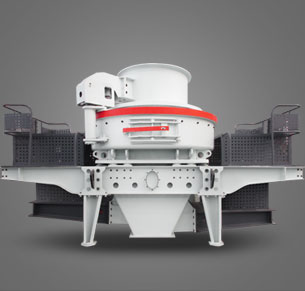Balancing a hammer mill rotor in India (or anywhere else) involves ensuring that the rotating mass is evenly distributed to minimize vibrations, reduce wear, and improve efficiency. Here’s a step-by-step guide to balancing the hammer mill rotor:
.jpg) Steps for Balancing a Hammer Mill Rotor
Steps for Balancing a Hammer Mill Rotor
1. Static Balancing
– Remove all hammers, rods, and spacers from the rotor shaft.
– Place the rotor on balanced knife-edge supports or balancing stands.
– Rotate the shaft manually—if it stops consistently at one position, it indicates an imbalance.
– Add temporary weights (clay or metal) opposite the heavy side until the rotor remains stationary in any position.
2. Dynamic Balancing (Preferred Method)
– Requires specialized equipment (dynamic balancing machine).
– The rotor is spun at operating speed while sensors detect vibrations/imbalance.
– Corrections are made by adding/removing weights or adjusting hammer positions.
3. Hammer Distribution Check
– Ensure all hammers weigh nearly the same (±5 grams difference).
– Weigh each hammer individually and group similar-weight hammers together.
– Arrange hammers symmetrically (opposite sides should balance).
4. Reassembly & Verification
– Reinstall hammers in pairs of equal weight across from each other.
– Run the mill briefly without material to check vibrations.
– Use a vibration meter (<2 mm/s RMS is acceptable).
Common Causes of Imbalance
– Uneven wear on hammers/bars
– Bent or damaged rotor shaft
– Improp reassembly after maintenance
reassembly after maintenance
– Foreign material lodged in the rotor
Tools Needed
– Precision weighing scale (±1g accuracy)
– Balancing stand/v-blocks
– Temporary weights/clay
– Dynamic balancer (if available)
Professional Services
If manual balancing fails:
✅ Contact local engineering workshops with dynamic balancing machines.
✅ Companies like Schenck RoTec India or local agro-machinery service centers offer balancing services.
Would you like recommendations for balancing service providers in India? Let me know your location!





Leave a Reply